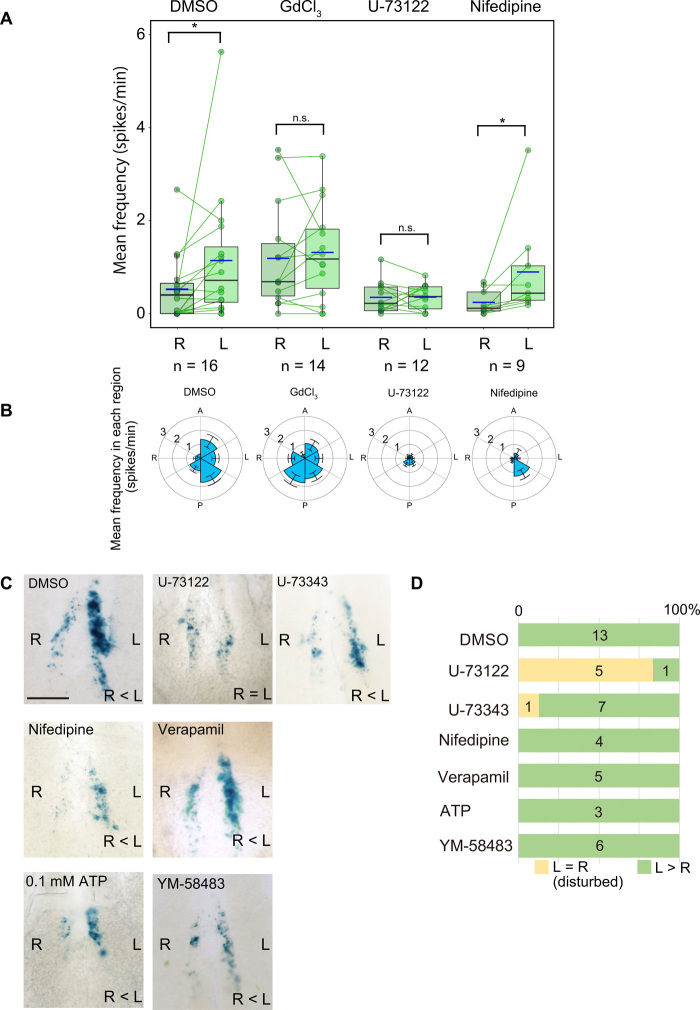Fig. 4. Cytoplasmic Ca2+ transients related to L-R determination depend on TRP cation channels and the IP3 pathway.
(A) Mean frequency of cytoplasmic Ca2+ transients (as revealed by RGECO1 fluorescence) in crown cells on the left or right side of the node of mouse embryos treated with DMSO vehicle, GdCl3 (500 μM), U-73122 (25 μM), or nifedipine (10 μM). Each dot indicates the mean frequency value for the left or right side of a single embryo, with the two values for each embryo being connected with a line. The n values indicate the numbers of embryos analyzed. *P < 0.05; n.s. (Wilcoxon signed-rank test). (B) Circular plots of mean spike frequency for cytoplasmic Ca2+ transients in embryos treated as in (A). The node region was divided into six areas according to the A-P and L-R axes. Data are means ± SEM. (C) Embryos harboring the ANE-LacZ transgene were cultured in the presence of DMSO (control), U-73122 (10 μM), U-73343 (10 μM), nifedipine (10 μM), verapamil (10 μM), ATP (0.1 mM), or YM-58483 (20 μM) and subsequently stained with the LacZ substrate X-gal. Scale bar, 100 μm. (D) Percentages of embryos showing asymmetric (L > R) or bilaterally equal (L = R) patterns of ANE-LacZ expression at the node. The numbers of embryos examined are also indicated.

